This weeks #marthonspotlight is from Will Stewart ( Manager of Run4It ) on Holburn Street Aberdeen. His advice (along with not following him) include shoe type, fueling, ultra-distance and some recommended marathons to try. He also recommends some great sessions for getting the miles in. Will and I (along with a great bunch of guys) presented at the Clan running Seminar this week, there was a great turn out and vast knowledge from the panel and from the audience. Aberdeen’s running community is GREAT… Thanks all for sharing and attending!!! Back over to Will!
Which marathons have you completed?
Run leg of Ironman Austria (2011), Cape Town marathon (2014), Cape Peninsula Marathon, Glencoe Mountain Marathon (2015), Fetteresso Forest Marathon (2017).
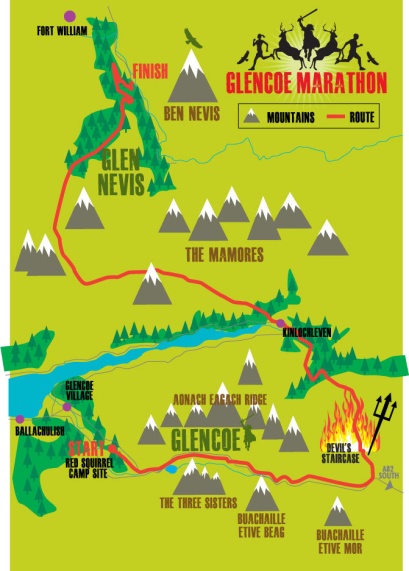
PB Marathon time?
Officially I think it is around the 3:15 mark but I’m not too sure. The quickest I’ve covered the distance is 3:00:04 during an Ultra so I definitely need to revisit the distance at some point. I have a romantic ambition that each marathon I do will take off 30mins from my PB. 1st was 3:45, 2nd was 3:15 so next one would be shooting for 2:45.
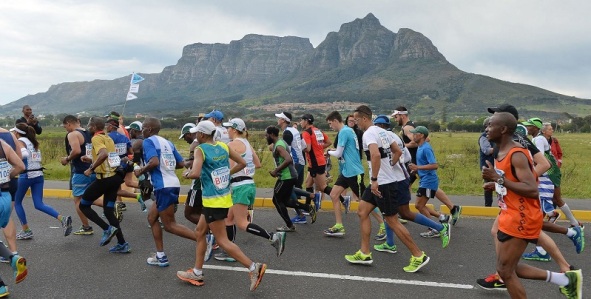
Favourite marathon and why?
Favourite to date would probably be the Glencoe Marathon. The scenery is stunning and it’s a great route. It was my first taste of trail running as well and caught the bug.
London is definitely a bucket list marathon and I’d like to go back to Glencoe and try for the win at some stage.
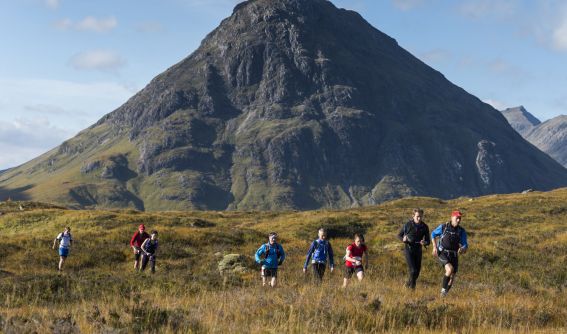
Worst marathon memory and why?
Hard to choose! The first time I covered the distance was at the end of an Ironman and resulted in me sitting under a tree for 35mins in a dark place. I eventually finished and ducked under the 5hour mark but it hadn’t been the run I was expecting.
I think the Cape Town marathon topped this though and went into my first marathon hugely under prepared. A scorching hot day coupled with the dreaded hitting of the proverbial wall made for an agonising finish and a stagger home to finish in 3:45. This one was a worse memory as I had a higher expectation of myself and hadn’t recognised the miles needed in training.

Marathon plan 80:20, Pfitz, Hal Higdon or other?
I have never followed a formal plan and tend to aim for a consistent build in mileage up until 2-3 weeks out from a big race. I would aim to incorporate 2 higher intensity sessions a week as well. I have read a lot of books around training and tend to borrow ideas from all of them, test them in training and stick with what I enjoy and what nets the results. Using other races over a shorter distance will test your fitness and can be used as a pacing benchmark.
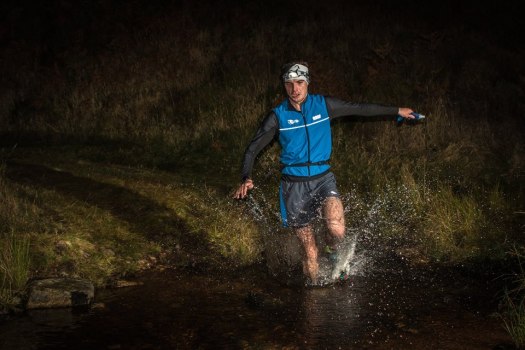
Hydration & Nutrition snack of choice on long runs?
This has been many years of experimenting and has been something I have made a lot of mistakes in. At the moment I am using Tailwind mix in my drinks bottle and then eating a mix of Trek bars, Torq gels and banana chips! This is fine when out for a long day in the hills but in terms of marathon racing I would probably opt for a gel strategy. The Shot Bloks are great as well but the key is experimenting on the long training runs.
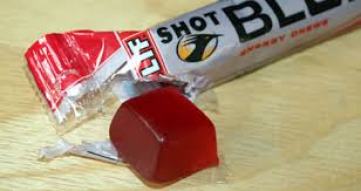
Shoes – minimal or maximal ?
For racing in I would always opt for something more ‘minimal’ but I guess it’s how these descriptions are interpreted by runners. For me my ideal marathon race shoe would be an Adidas Boston or a Saucony Kinvara. I guess these can both be described as minimal but are very different shoes.
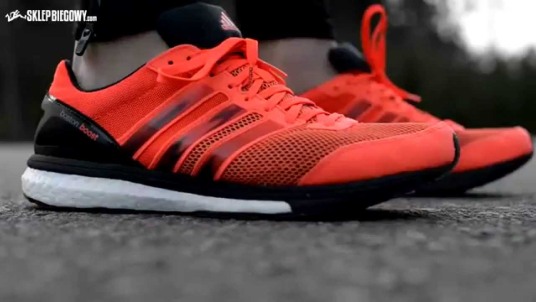
In training I think a variety of shoes works best. Usually a more cushioned, ‘maximal’ shoe will work best for those easy, recovery runs or the long, steady-paced run as it will take the strain off tired legs. Going into any speed-work or tempo paced runs then I would switch into something a little more firm and responsive. These shoes would then be more comparable to the race day shoe providing there is enough cushioning to go the distance!
The science suggests that rotating your shoes each run can reduce injury rates by up to 38% as well so I always aim to put on a fresh shoe for a run. A slight superstition as well in that I will tend to buy two pairs of the same shoe, break them both in but keep one fresh for the marathon! This way you know how the shoe will work but still have fresh pair and new cushioning for race day. Putting a shoe through training miles and then racing in the same shoe is a lot of miles.
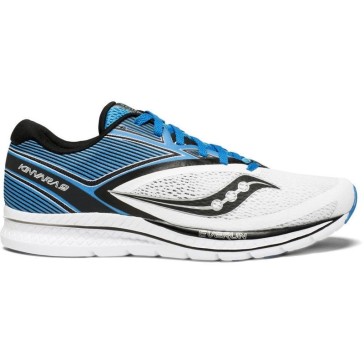
Terrain – trail, track or tarmac?
I would opt for trails every time however I think the only account for maybe 50% of my volume. It needs to tie into work/life commitments so most of my midweek miles would be on tarmac for efficiency. Long runs and hard hill sessions would be off-road but it is easier for me to run around the city.
There are benefits to both. The varied terrain on trails make you stronger by targeting smaller, stabilising muscles and the softer terrain is easier in terms of impact through your joints. However if you are doing a hard session then the tarmac is far more predictable and gives you a more replicable area for the session. I guess the key is to replicate the terrain you are racing on but also to include a bit of variety.
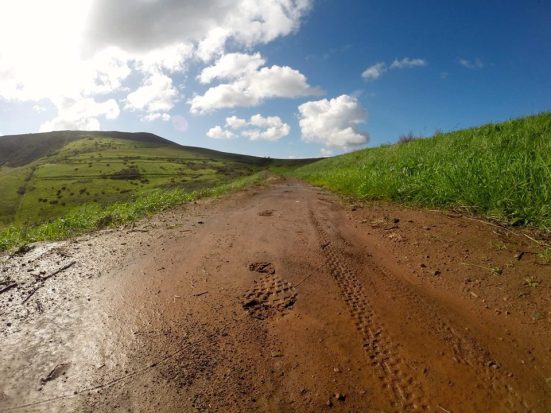
What is your running Mantra, phrase or quote?
I don’t really have a mantra but if I am climbing a long ascent then I often resort to counting my strides. I find it really distracts me from the pain and makes the time pass a little bit quicker…just a bit! I would always try to have a really hard week of training with purposefully challenging long runs. Mental strength is a vital part of longer events and I find using these to reflect on gives me self-belief that I can get through any scenario. Build a bank of horrible, nasty runs – then any surprises on race day will seem trivial!

Funny running story?
I have a terrible habit of getting lost! Most of the time it results in hours trudging through heather, burns or bogs. On the Glencoe marathon the group I was running with all decided to follow me over a bridge and up a hill. Unfortunately I was leading them in the wrong direction to the Devil’s staircase and we only realised when a walker pointed this out to us. Thankfully I dropped them on the climb so avoided any repercussions from the angry mob! A similar detour occurred in the South Downs 100mile race – as if it wasn’t long enough already!!
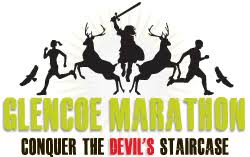
Top tip for #project345 ?
I think the best advice someone has given me is to split up the long miles. For example I would look to be doing a 10mile run on Saturday night and then follow this up with a 10mile run early on Sunday. This allows you to get a lot of volume and time on the legs but by splitting it up you can minimise some of the muscle damage. I’m not going to lie, the Sunday run won’t be pleasant! To advance this I would then look to increase the intensity of the Saturday night run and/or the distance of the Sunday run.
I would still aim to get one or two 18-20 mile training runs done as one session to test nutrition and body’s response.
A great thanks to Will for his time and advice. Some great information about shoes, rotation, race strategy. A great read and brilliant insight into the distance game. Will can be found managing the Run4It on Holburn street, pop past and catch up with him and his team.
Thanks as always for reading. feel free to share, subscribe or like the post to ensure you don’t miss the next marathon spotlight.
Run long and Prosper
James

Marathon Spotlight – Derek Rae